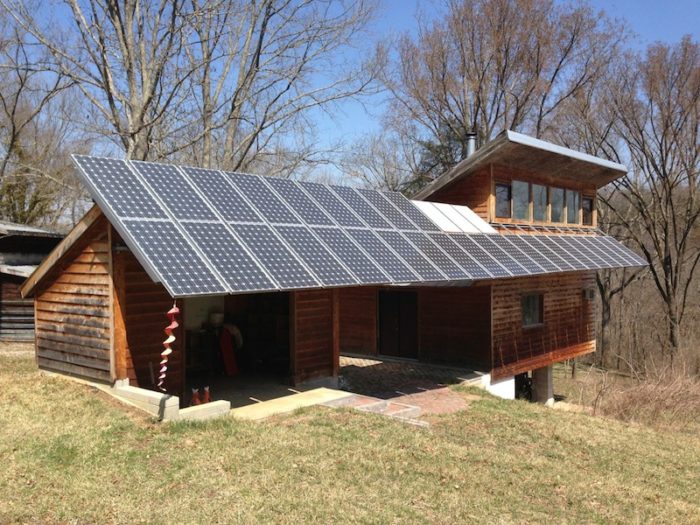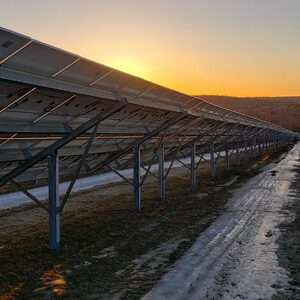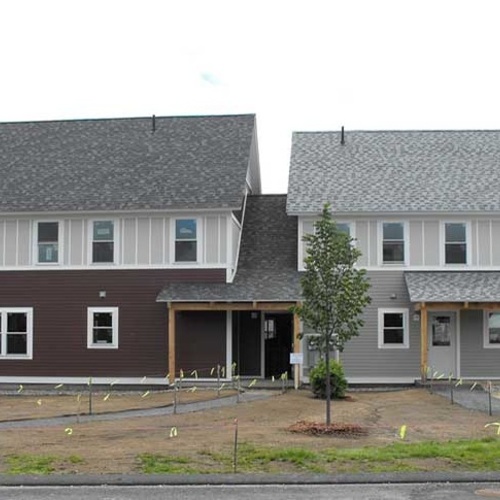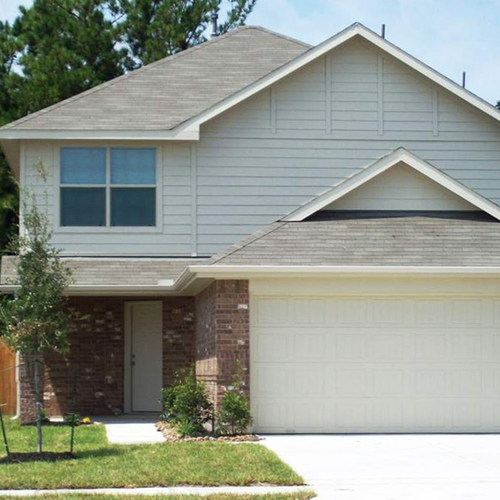
Image Credit: Energy Vanguard
The world of electricity is changing quickly. With all the photovoltaic modules out there generating solar power and the advent of the smart meter, there’s a revolution going on within the electric utility industry.
I wrote a little bit about this revolution recently when I discussed the duck curve. Near the end of that article, I mentioned that Matt Golden said something about the “new world where EE [energy efficiency] is dead.” So I spoke with Matt last week, and here’s some of what he said.
Time and location matter
Let’s say you do something in your home to save energy. You might, for example, do all the things on my list of Winterizing Tips That Work and cut your energy bills in half. You reap the benefit of having a more comfortable, healthful, and energy-efficient home. Your utility company probably doesn’t care at all about your savings. If you take advantage of a rebate program they sponsor, they get to pat themselves on the back and show the Public Service Commission they’ve done their duty, but they still don’t really value the savings you’ve provided.
They problem is power versus energy. You know, the old rate versus quantity question. Utility companies don’t think of electricity in terms of how much total energy they supply to their customers. They have to think of it in terms of power: providing the right amount of energy each minute of the day.
They don’t want to have plants running with nowhere to send the power they generate. They also never want to have more demand than they can meet. It’s a delicate balancing act.
Matt Golden says, “As we’ve thought of saving energy traditionally, in terms of kilowatt-hours and BTUs, well, that’s not capacity. Capacity includes location and time.” Capacity to Golden is having enough power to meet the demand.
“In California, we have this duck curve, which is very real — and very, very real in some places. The statewide average is one thing, but go to Sonoma, where next year, 15% of their capacity will come from local generation. What happens on a cloudy day on the spot market?” Well, they lose up to 15% of their capacity and have to make it up from somewhere else.
The opposite situation also occurs. There are some times where they have “negative energy, when people get paid to use energy” because of oversupply.
Energy efficiency to the rescue?
Currently, energy efficiency rebates can cover individual measures like window or HVAC equipment replacements. They can also pay for full home performance upgrades. According to Golden, “When I look at the data on home performance compared to more traditional approaches, home performance saves a lot more energy. The data shows it actually works, compared to box-swapping, which we always knew.”
But it’s not just about saving energy. “Energy savings aren’t actually valuable to the grid. If we want to move out of the ratepayer bucket and maximize the value of what we’re doing, we have to think of it as capacity, which has to include time and location,” said Golden.
Transforming the electricity market
That’s exactly what they’re trying to do in California, Golden told me. They’re taking a market-based approach and rewriting the rules so that efficiency does get valued. Aggregators will look at all the forms of capacity available and put together portfolios of the ones that make the most economic sense.
As the aggregators put together their portfolios, they make their decisions based on the bottom line. “Efficiency just has to be cheaper than the alternative to be a good deal,” said Golden.
The goal is to be able to participate in emerging markets for power. And there’s a lot more money when efficiency is considered alongside solar power and new nuclear power plants than there is in ratepayer rebate programs. “If energy efficiency isn’t counted in the forecast, we may be helping people with their bills, but we’re not really having the macro-impact we want.”
“The big innovation is to make energy efficiency look like car loans or solar or building a power plant. It’s all the same mechanism,” said Golden.
I can get behind that. Energy efficiency rebate programs have had some success, no doubt about it. But they’ve really had a small impact overall because they’ve been the street vendor setting up near a busy store. A little bit of money gets exchanged there, but far, far less than what happens inside the store.
“The nature of the grid is fundamentally changing,” Golden said. Let’s help energy efficiency be a part of the store.
Allison Bailes of Decatur, Georgia, is a speaker, writer, energy consultant, RESNET-certified trainer, and the author of the Energy Vanguard Blog. Check out his in-depth course, Mastering Building Science at Heatspring Learning Institute, and follow him on Twitter at @EnergyVanguard.
Weekly Newsletter
Get building science and energy efficiency advice, plus special offers, in your inbox.















One Comment
Back to the future
Allison - thanks to you (and Matt) for focusing this conversation. I've been chewing on the implications of local, inconsistent generation for a while, but not given it time to gel in my own head. The duck curve helps illustrate a key issue. As a kid in England, I recall we had night-time storage heaters - basically, about 500 lbs of bricks in a metal case with an electric resistance coil in the middle of it and a fan. The heaters charged up at night on cheap rate electricity, then discharged heat during the day - like an inverted, power-assisted adobe wall.
Should our new heating solutions include a smart thermal fly-wheel? Smart, grid-connected systems that can track and respond to capacity-based tariffs would be well suited to this energy future - storing energy when it's cheap and delivering it when it is needed. A natural fit for a thermally efficient home.
This might suggest that air-to-water heatpumps, like the Sanden SanCO2 may have more potential than an air-to-air mini-split.
Happy Thanksgiving all
Log in or create an account to post a comment.
Sign up Log in